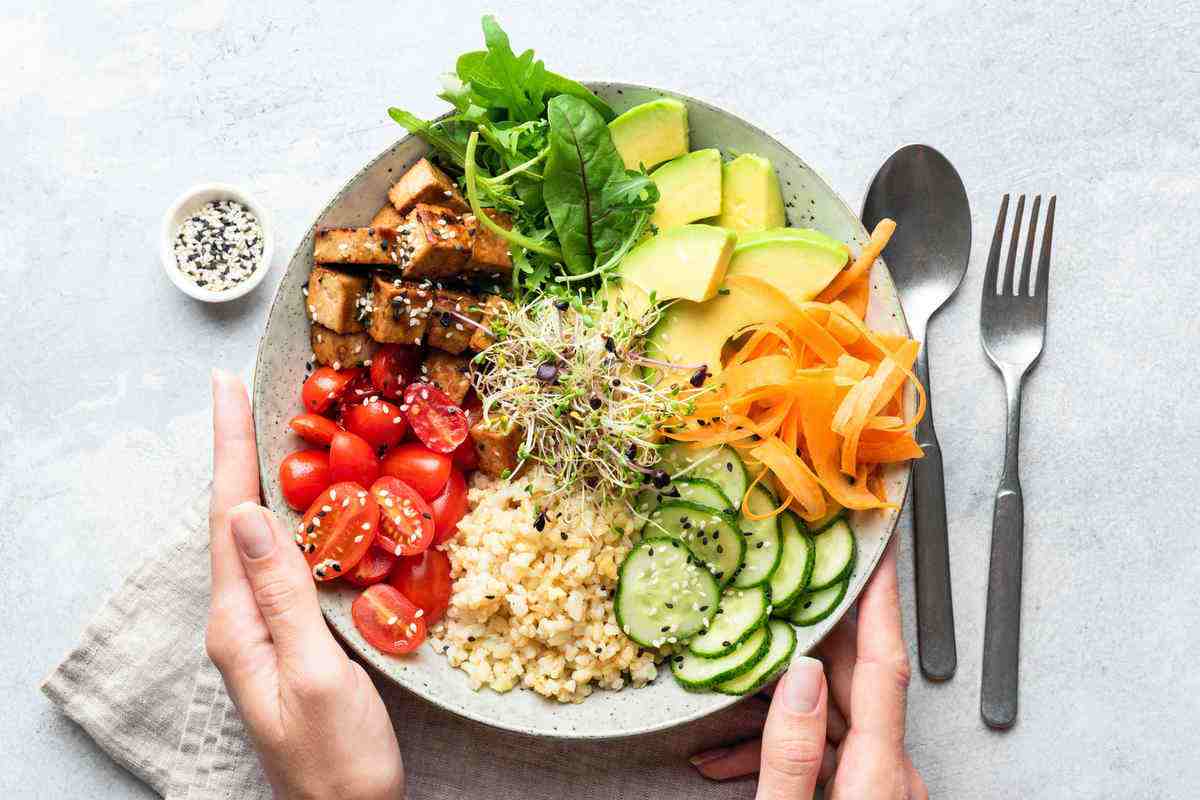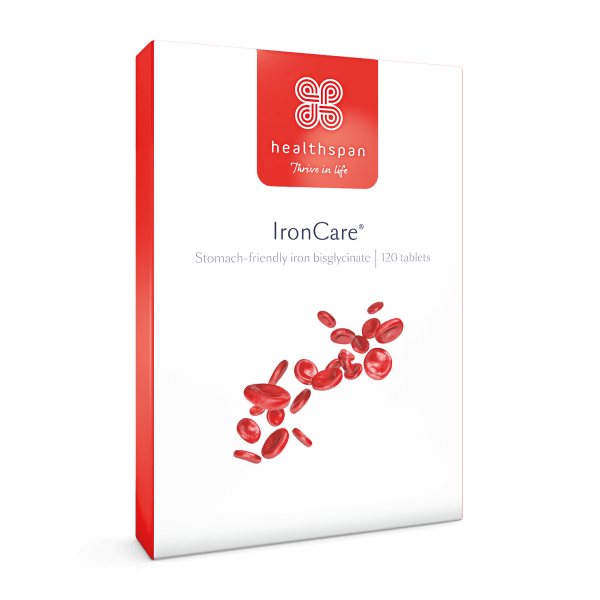Going vegan can be daunting, but even after taking the plunge you can still enjoy a varied diet and get all the essential nutrients you need. This simple guide will help make going vegan that much easier.
What is veganism?
The popularity of veganism has soared in the last few years; even January is now 'Veganuary' for those curious to try out a new diet. Veganism is a type of lifestyle and diet that excludes all animal products, for both health and ethical reasons.
It has been found that 80% of participants in the Veganuary 2022 challenge are eating less meat and other animal products months after doing the challenge, with 28% eating a fully vegan diet, and more than a third eating at least 75% less meat.1
How to go vegan
Start slowly
As with any new experience, you must go at your own pace. Some find it easy to go 'cold turkey' and give up everything at once, for others it may be a case of cutting things out of their diet slowly until they've given up animal products altogether. You may find it easier to add different foods into your diet before subtracting anything; this way you can get used to cooking with ingredients that you may not be used to.
Plan ahead
Planning is an essential part of any healthy diet, and veganism is no different; you'll still need to plan your meals ahead of time to ensure that you're getting all the nutrients you need, such as calcium, iron and vitamin B12.2
What to eat to get all the nutrients you need
There's a misconception that vegans lack basic nutrients in their diet because they've cut out animal products that are well known to be rich in calcium, protein and iron; especially as these are seen to be the most effective way to ingest these compounds.
Although animal products are high in these nutrients, they aren't the only way to meet the recommended daily amount of each. Find out from nutritionist Rob Hobson the most common vegan diet deficiencies and how to plug those gaps.
Meat is known as one of the few 'complete proteins'. Complete proteins are proteins that include the 8 amino acids that the human body can't produce on its own: leucine, isoleucine, valine, threonine, methionine, phenylalanine, tryptophan and lysine.3 However, buckwheat, soy, hemp, beans and rice, chia seeds, quinoa and spirulina are also all complete proteins.
Protein RDA: 50g per day4
- 1 cup Tempeh: 41g
- 100g Spirulina: 57g
- 100g Chia Seeds: 17g

Meal prepping can be essential to ensure you're eating all the nutrients you need – it also helps you plan ahead and do all your cooking in one batch!
Calcium RDA: 700mg per day5
- 100g Raw Collard Greens: 232mg
- 100g Tofu: 350mg
- 1 cup Bok Choy (steamed or boiled): 150mg
Iron RDA age 18+: 8.7mg for men, 14.8mg for women6
There are many factors that could affect the amount of iron being absorbed through your diet, but vitamin C is known to help with absorption.
- 1 cup Soybean: 8.8mg
- 1 cup Spinach (cooked): 6mg
- 100g Hummus (with lemon juice for vitamin C): 2.4mg
Finding plant-based sources of nutrients doesn't have to be difficult, but if you can't include all the nutrients you need into your diet, consider a supplement.

IronCare
Stomach-friendly, vegan iron tablets for healthy blood, energy and immunity
- 100% of the daily recommended amount of iron and copper, as well as vitamins B2, B6, B12 and C
- Supports red blood cell formation
- Combats tiredness and fatigue
Explore new foods
Don't get stuck in a rut eating the same few meals that you're comfortable with, because you'll get bored quickly. Veganism is a great time to experiment with different fruits, vegetables, pulses, beans, seeds, and everything else!
Why not try our vegan recipes, from warming Thai green curry or pumpkin soup, to something lighter, like an edamame bean and seed salad? There are some easy vegan food swaps that you can make in your everyday diet without compromising on food quality.
Eating out
You don't have to be limited in what you can eat when you're out for dinner. Many UK chain restaurants now offer vegan options, a number even stocking vegan 'cheese' and vegan 'meats'. Zizzi was the first to offer vegan 'cheese', and their vegan menu includes a huge range of pizza, pasta, starters, desserts and clearly labelled vegan wine. Other restaurants include Wetherspoons, Yo! Sushi, Wagamama, and even Nando's.
Label reading
Vegetarian-friendly food is generally more clearly labelled than vegan. The quick cheat is to look for vegetarian-labelled foods, then quickly scan the ingredients for things like milk and eggs; these will be in bold as they are allergens – but don't forget to check for honey as this is neither vegan nor an allergen, so won't be in bold. Some non-vegan ingredients can be hidden as E-numbers, and this is when the internet is your friend.
Ask questions
Veganism is one big society, not an exclusive club. You'll find plenty of Facebook groups to be a part of; making friends with other vegans is a handy way to share information and advice. Don't be afraid to ask questions, especially when you've just started.
Remember why
Reminding yourself why you've chosen this lifestyle will help keep you on track; whether it's the health benefits, helping the planet or just because you love animals – it's okay to stumble, as long as you pick yourself back up!







